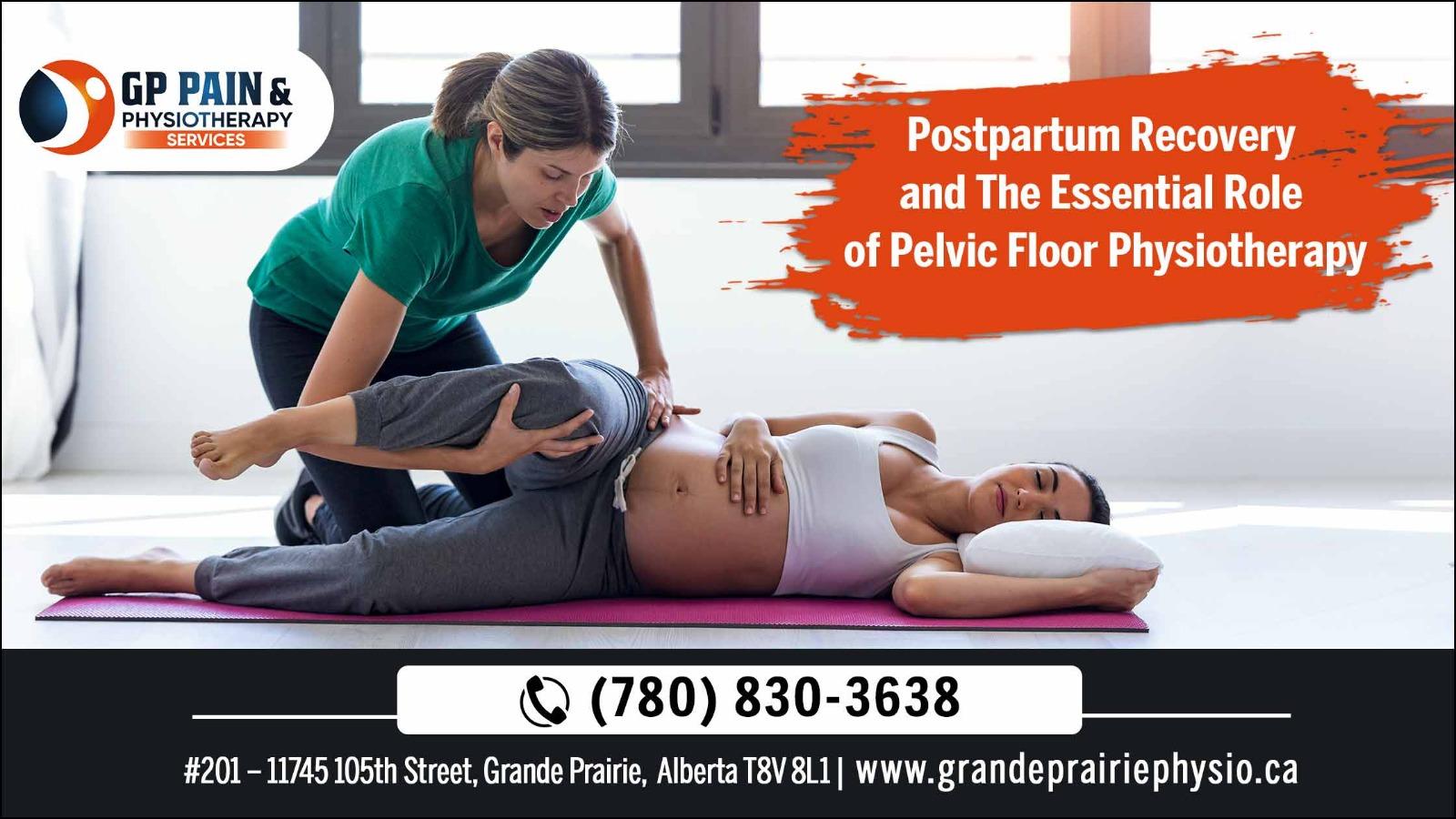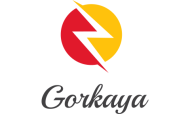
Pelvic floor physiotherapy focuses on the muscles, ligaments, and connective tissues of the pelvic floor. A pelvic floor is a set of muscles situated at the base of the pelvis that supports the bladder, uterus, and rectum and plays a vast role in urinary and fecal continence, sexual function, and stability of the pelvis and spine. Pelvic floor physiotherapy in Grande Prairie aims to optimize pelvic floor function, alleviate symptoms, and improve the quality of life for individuals grappling with pelvic floor dysfunction.
Crucial Role of Pelvic Floor Physiotherapy in Postpartum Recovery:
The postpartum period is a crucial phase for new mothers, and women's health physiotherapy plays an essential role in supporting their physical and emotional well-being during this time. Here's how pelvic health physiotherapy contributes to postpartum recovery:
Restoring Pelvic Floor Function:
Pregnancy and childbirth may lead to the weakening of the pelvic floor muscles. Pelvic floor physiotherapy in Grande Prairie focuses on restoring strength, flexibility, and coordination to these muscles, aiding in improving bladder and bowel control and alleviating discomfort. Here are some common techniques and approaches used in pelvic floor physiotherapy for postpartum recovery:
Pelvic Floor Exercises (Kegels):
Kegel exercises are often prescribed to strengthen the pelvic floor muscles. These exercises entail contracting and relaxing the pelvic floor muscles. A physiotherapist can provide guidance on proper technique and progression of exercises tailored to individual needs.
Breathing and Relaxation Techniques:
Incorporating diaphragmatic breathing and relaxation techniques can help minimize tension in the pelvic floor muscles.
Addressing Pelvic Pain and Discomfort:
Many postpartum women experience pelvic floor dysfunction, such as urinary leakage, fecal incontinence, or pelvic pain. Vaginal floor therapy offers specialized treatments tailored to address these issues, including pelvic floor muscle exercises, biofeedback, manual therapy, and education on bladder and bowel habits. Here are some key components of pelvic floor physiotherapy in postpartum recovery:
Manual Therapy Techniques:
Myofascial Release: Therapists use hands-on techniques to apply gentle pressure to tight or hypertonic muscles in the pelvic floor region, promoting relaxation and improved tissue mobility. Myofascial release may involve direct pressure, stretching, or soft tissue mobilization.
Trigger Point Release: Therapists identify and release trigger points (localized areas of muscle tension) within the pelvic floor muscles using manual pressure or massage techniques. Trigger point release can help alleviate referred pain and improve overall muscle function.
Rehabilitation of Perineal Trauma:
Women who have undergone vaginal delivery may experience perineal tears or episiotomies, leading to discomfort and impaired healing. Pelvic floor physiotherapy includes techniques to promote healing, reduce scar tissue adhesions, and improve tissue flexibility and strength in the perineal area. Here are some common approaches used in pelvic floor physiotherapy for rehabilitating perineal trauma:
Perineal Massage:
Gentle massage techniques may be used to promote healing, reduce scar tissue formation, and improve tissue flexibility in the perineal area. Perineal massage can help to increase blood flow, reduce tension, and alleviate discomfort.
Scar Tissue Mobilization:
Manual therapy techniques such as scar tissue mobilization are used to break down adhesions and improve tissue mobility in the perineal region. This may involve gentle manipulation of scar tissue to improve circulation and promote healing.
Treating Diastasis Recti:
Diastasis recti refers to the parting of the abdominal muscles during pregnancy and is common postpartum. Pelvic floor physiotherapy provides exercises and strategies to address diastasis recti, promoting proper alignment and function of the abdominal muscles to support the pelvic floor and core. Here are some key components of diastasis recti management in pelvic floor physiotherapy:
Core-Strengthening Exercises:
Specific exercises targeting the deep core muscles, which include both the transverse abdominis and the pelvic floor muscles, are prescribed to help close the gap and improve abdominal muscle strength and coordination. These exercises may include pelvic tilts, abdominal bracing, and gentle core activation techniques.
Pelvic Floor Muscle Training:
Pelvic floor muscle training is an integral part of diastasis recti management, as these muscles work in coordination with the abdominal muscles to provide support to the pelvis and core. Pelvic floor exercises like Kegels and pelvic floor contractions are incorporated to enhance pelvic floor function and stability.
Improving Men's Pelvic Health:
While pelvic floor dysfunction is often linked to women, it can also affect men and manifest in various symptoms such as urinary incontinence, erectile dysfunction, pelvic pain, and bowel dysfunction.
Male pelvic floor physiotherapy is a specialized form of physiotherapy aimed at addressing these issues. Through techniques such as pelvic floor muscle exercises, biofeedback, manual therapy, and behavioural strategies, physiotherapists work to improve bladder control and pelvic muscle coordination in men. This therapy is particularly beneficial for men undergoing prostate surgery, managing conditions like chronic prostatitis/chronic pelvic pain syndrome (CP/CPPS), and enhancing athletic performance. By providing targeted interventions and support, male pelvic floor physiotherapy helps men regain pelvic health, alleviate symptoms, and enhance their quality of life.
Empowering Pelvic Health:
Pelvic floor physiotherapy in Grande Prairie serves as a vital resource for both men and women experiencing pelvic floor dysfunction. By offering specialized assessment, tailored treatment plans, and ongoing support, physiotherapists help individuals regain control, alleviate symptoms, and improve their quality of life. Whether addressing issues related to urinary or bowel function, sexual health, or pelvic pain, GP Pain Physiotherapy in Grande Prairie plays a crucial role in promoting pelvic wellness and empowering individuals to live comfortably and confidently. It emphasizes the significance of seeking professional guidance and taking proactive steps towards pelvic health, ensuring a healthier and happier future for all.
Also read about:
What Are the Top Trends Mattresses in UAE
The Best Furniture Sales In Dubai
How Does Physiotherapy Support a Healthy Active Lifestyle After 50








